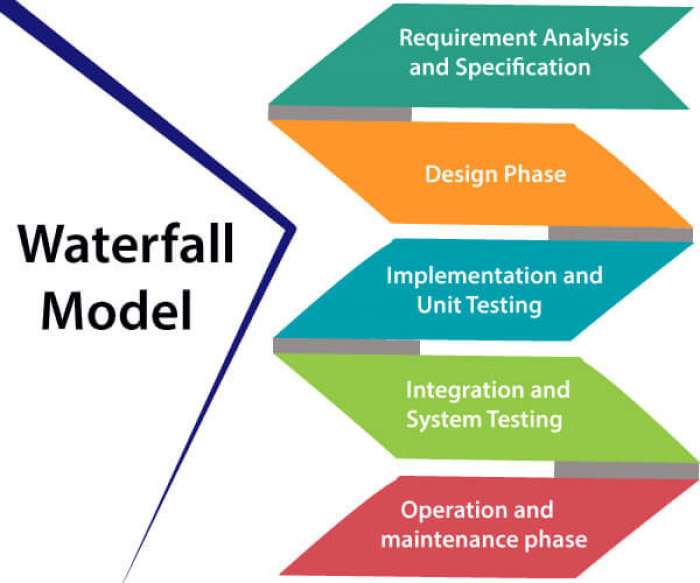When it comes to software development, there are a variety of models that can be followed in order to create a product. The model that is chosen should be based on the specific needs and goals of the project. In this blog post, we will explore four popular software development models: waterfall, agile, spiral, and lean. We will discuss the key features of each model and when it is best to use each one. By the end of this post, you should have a better understanding of which model would work best for your next software development project.
There are a variety of software development models that can be used in order to create software. The most popular models are the waterfall model, the agile model, and the spiral model.
The waterfall model is the traditional approach to software development. In this model, the software is developed in a linear fashion, with each phase being completed before moving on to the next phase. This model is simple to understand and easy to implement, but it can be inflexible and does not allow for changes to be made once the project has started.
The agile model is a more flexible approach to software development. In this model, the requirements for the software are divided into small increments, with each increment being developed and tested before moving on to the next increment. This allows for changes to be made more easily as the project progresses.
The spiral model is a hybrid of the waterfall and agile models. In this model, the project is divided into phases, with each phase having its own objectives, risks, and deliverables. The first phase starts with a small amount of functionality and gradually adds more functionality as the project progresses. This allows for changes to be made more easily than in the waterfall model, but still provides some structure and guidance for the project.
There are a variety of software development models that can be used to develop software applications. The most popular development models include the waterfall model, the spiral model, the agile model, and the lean model.
A waterfall model is a traditional approach to software development that follows a linear path from requirements gathering to design to coding to testing and deployment. This model is best suited for projects with well-defined requirements and low risks.

A spiral model is an iterative approach to software development that starts with a small, basic version of the software and then gradually adds features and functionality in successive iterations. This model is best suited for projects with high risks and uncertain requirements.
An agile model is a flexible approach to software development that emphasizes collaboration, customer feedback, and continuous improvement. Agile teams work in short sprints to deliver working software on a regular basis. This model is best suited for projects where requirements are likely to change over time.
A lean model is a streamlined approach to software development that eliminates waste and maximizes value. Lean teams work quickly and efficiently to deliver minimum viable products (MVPs) to customers. This model is best suited for projects where time-to-market is critical.
There are many advantages to using software development models. The most obvious advantage is that they provide a roadmap for developers to follow. This helps to ensure that the final product meets the customer’s expectations and is delivered on time.
Another advantage of using software development models is that they can help to improve the quality of the final product. By following a set of well-defined steps, developers can avoid making mistakes that could lead to a lower-quality product.
Finally, using software development models can help to improve communication between the different teams involved in creating a software product. By following a common set of rules, everyone understands what needs to be done and when it needs to be done. This can help to avoid misunderstandings and frustration.
There are a few common features of software development models:
1. They provide a framework for the development process.
2. They help to ensure that all necessary steps are carried out in the correct order.
3. They can be used to track progress and identify potential problems early on.
4. They can be customized to fit the needs of the specific project.